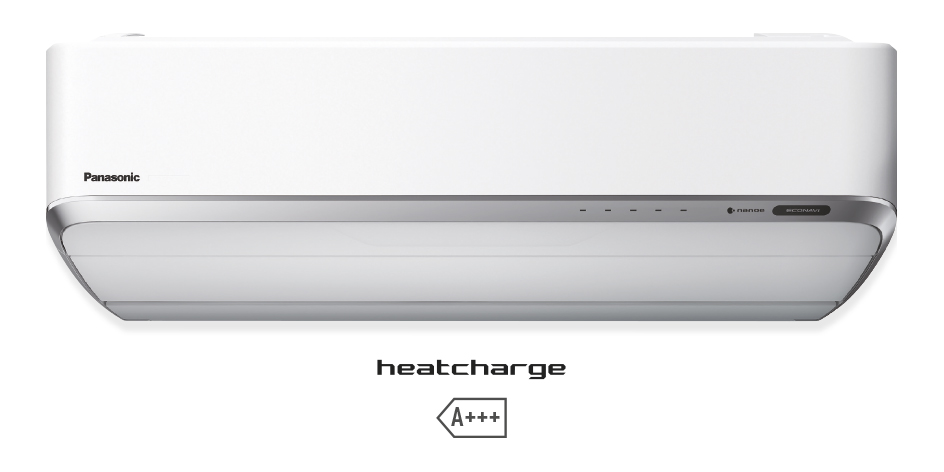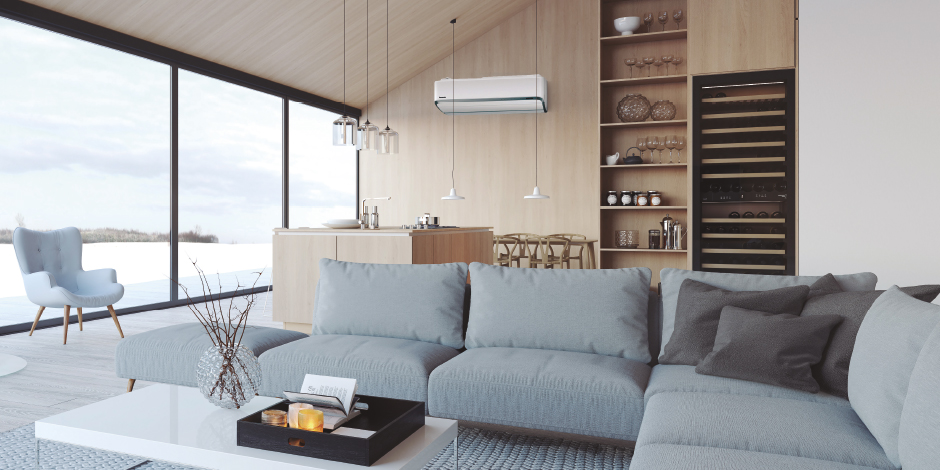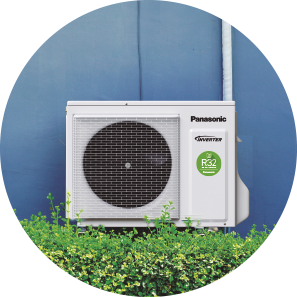Heatcharge. Energy Charge System
Heatcharge. Energy Charge System

Energy class A +++ and offers maximum comfort and energy savings. This powerful air heat pump is designed for commercial and residential climate that places extremely high demands on the heating system.








Heating power and efficiency

- Energy Charge System. Heat storage unit which features non-stop heating and fast heating function
- Higher efficiency and comfort with Econavi sunlight detection and human activity detection
- nanoe™
- More powerful airflow to quickly reach the desired temperature
More information about Econavi >
In response to the Kyoto Protocol, the European Union set some challenging targets for the reduction in greenhouse-gas emissions. By the year 2020, across the member states, the EU wants to have achieved the following objectives:
- A 20 % cut in greenhouse gas emissions (from 1990 base levels)
- The share of renewables in the energy mix to increase by 20 %
- An overall reduction of 20 % in energy consumption

R32 Refrigerant
Today Panasonic. Tomorrow everyone.
European regulation EU 517/2014 makes the replacement of fluorinated gases (F-gases) compulsory, such as R410A, for environmental reasons, although it also grants a transition period from 2017 to 2030.
More information
Maximum savings for your home.
The very best SEER and SCOP available











































